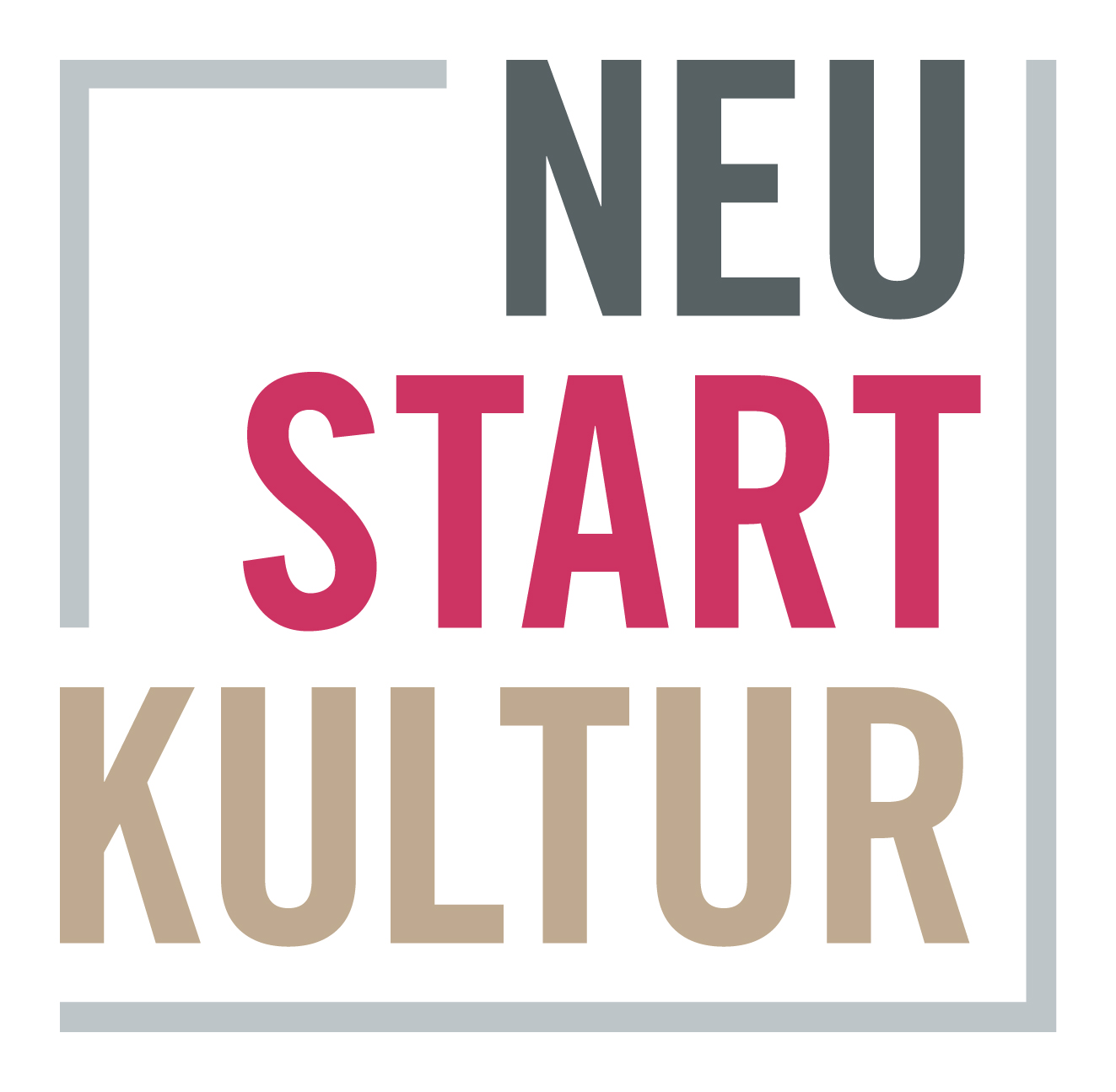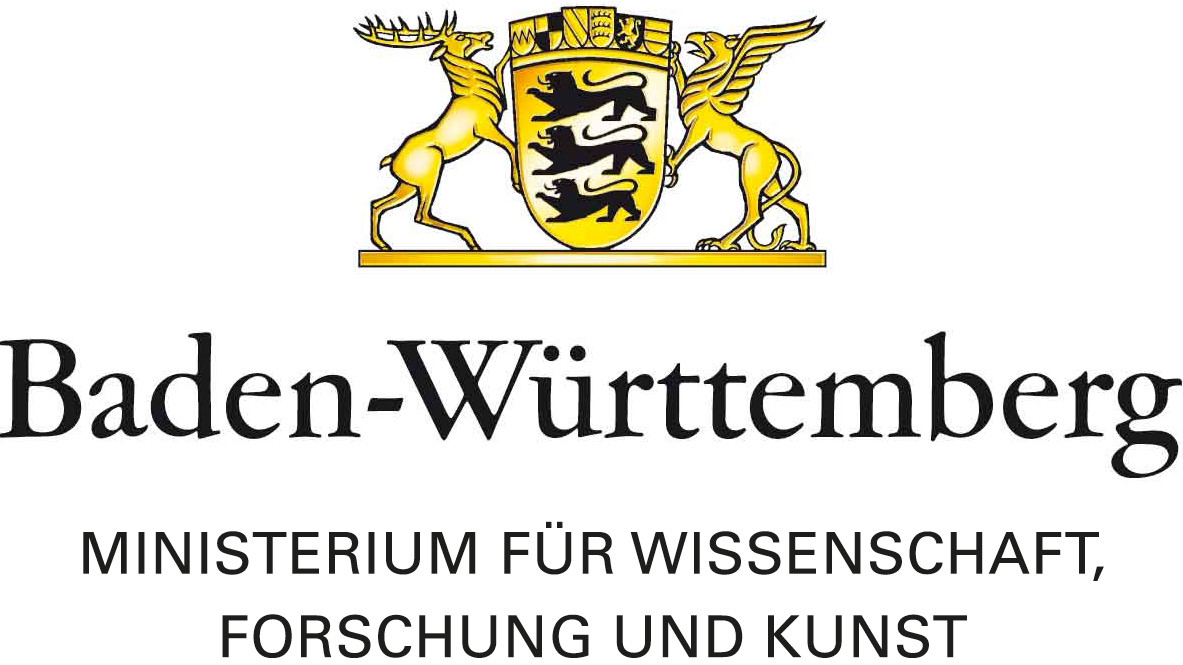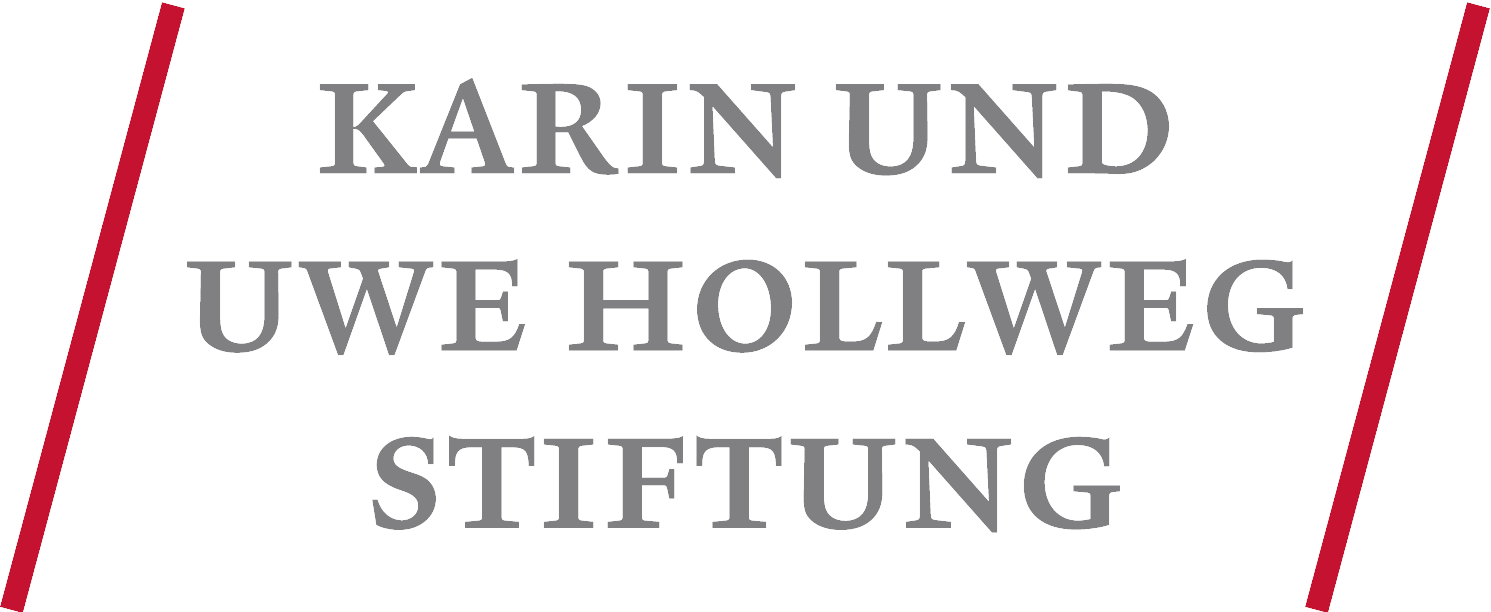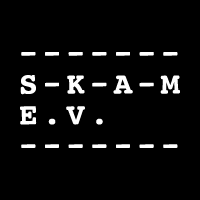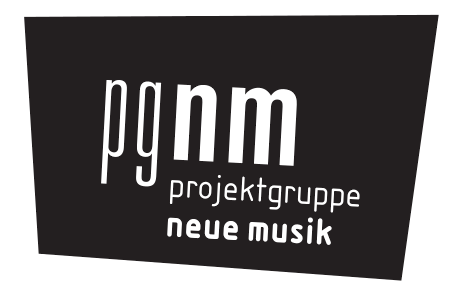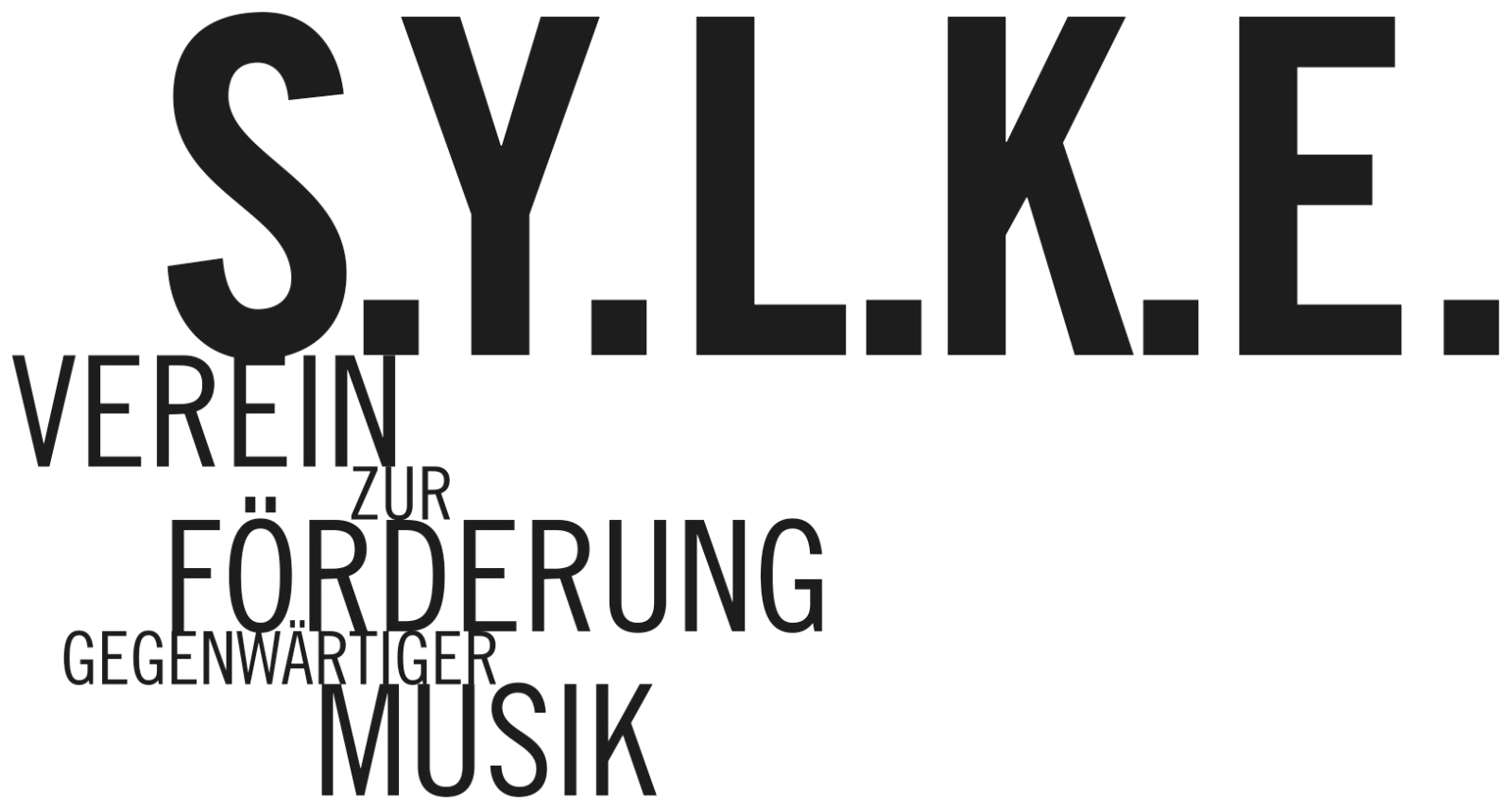contre
for percussion ensemble, Band, 6-Channel-Audio and Video.
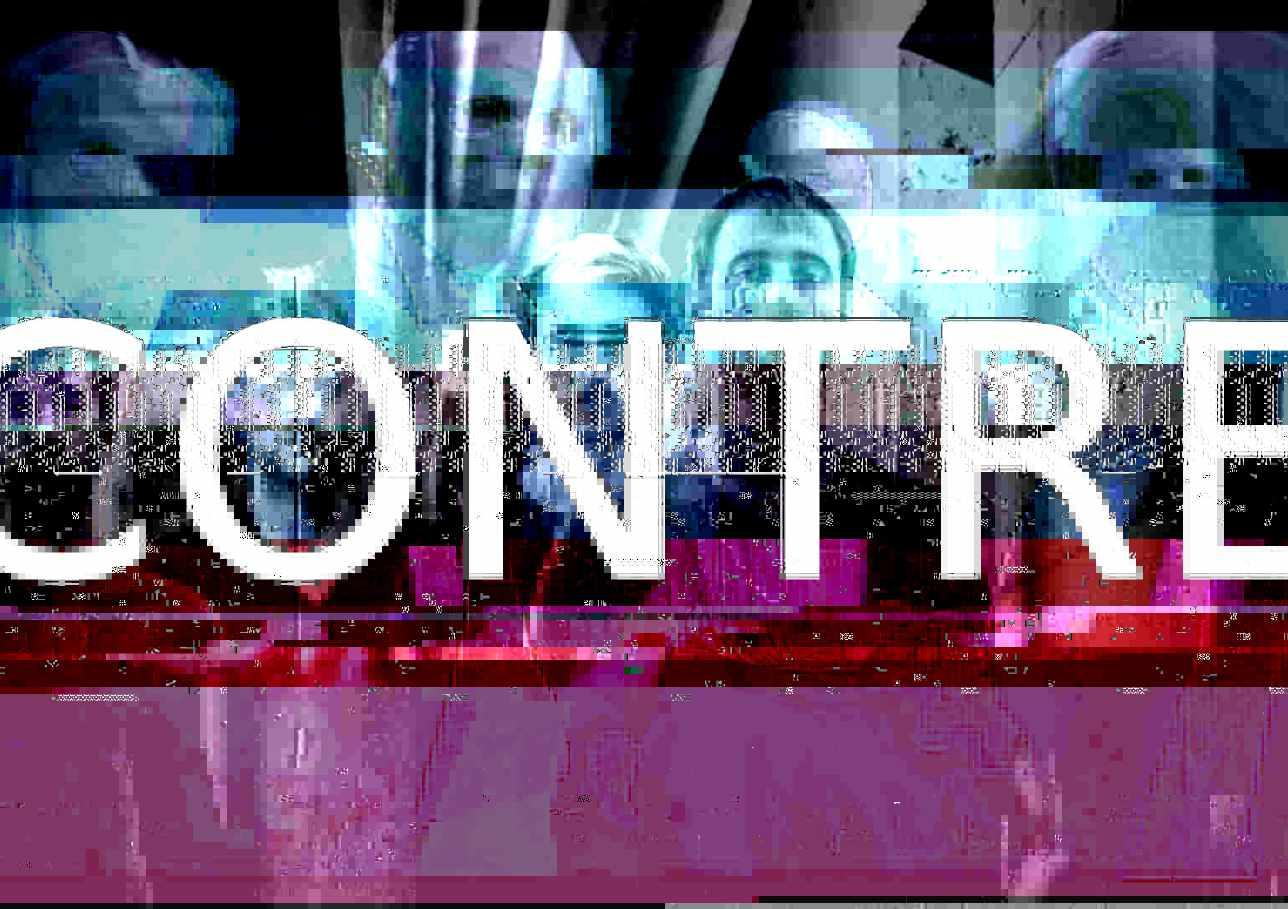

The Stuttgart-based new music collective sh|ft ensemble, the Bremen composer Christoph Ogiermann, his band ANKK L and the filmmaker Jan van Hasselt have developed a sound performance for percussion, live electronics, video and band in a collaborative work.
The source material is Mikrophonie I, a key work of live electronics for percussion by sound pioneer Karlheinz Stockhausen, as well as the album Dignity of Labor by punk band The Ex, all of which are combined to create an evening-long performative concert experience.
Contre is a further development and counterpart to Stockhausen's Mikrophonie I, the first part of the program.
The following work by Christoph Ogiermann transfers Stockhausen's strongly centered setup into a spatially unfolded playing field full of objects, bodies, movement and noise. In it, the ensemble moves between a virtuosic and meticulous way of playing to violently destroying the playing material in spasms of self-assertion and deconstruction.
The band with its driving punk rhythms comments, fires up and disturbs from a distance. The scenery is embraced by two projections in the style of Frans Zwartje, minimalistically suggesting horror and excess.
